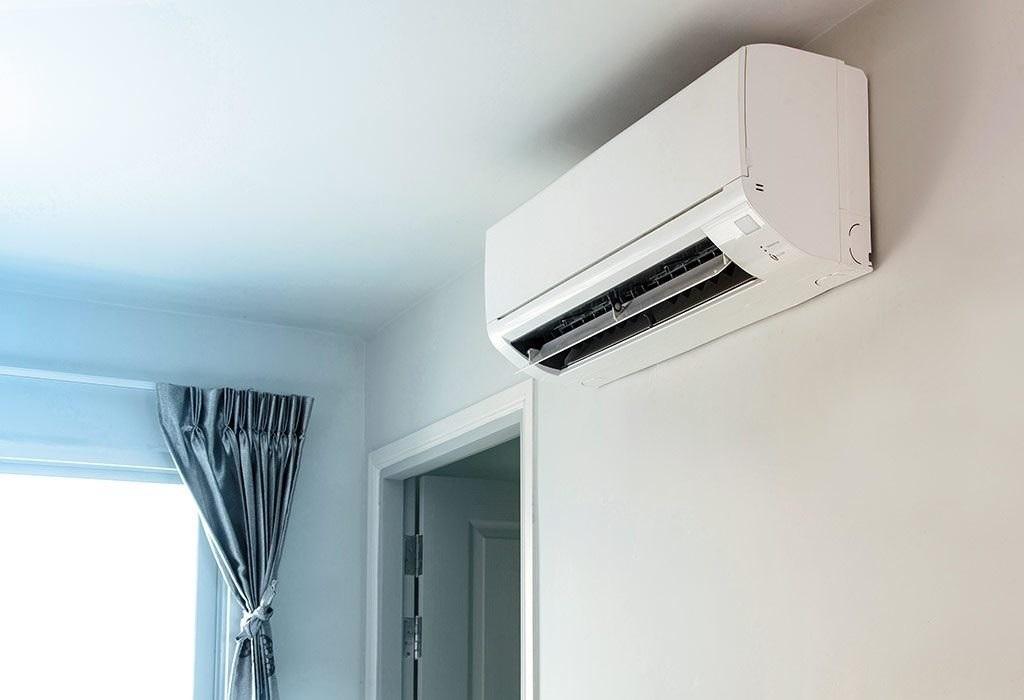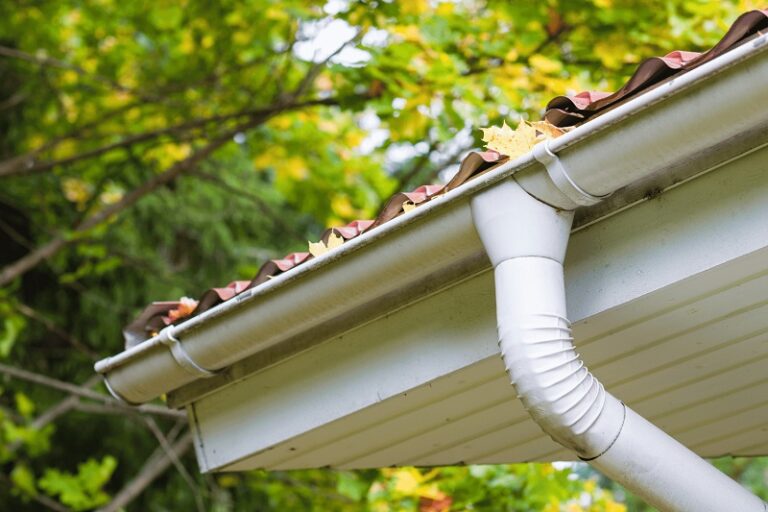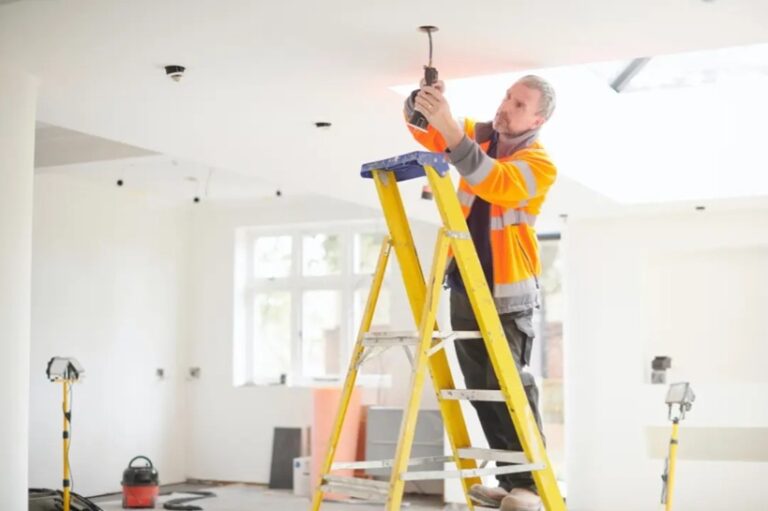
Mold spreads by releasing tiny spores into the air, which then land on damp surfaces and begin to grow. Eliminating the source of moisture is the first step to controlling mold growth, but removing mold spores from the air is also important. One method that has been used for this purpose is ozone. Studies show that ozone is highly effective at neutralizing mold spores suspended in the air. The laboratory study found that treating samples of two common airborne molds, Aspergillus niger and Stachybotrys chartarum, with ozone concentrations of 4-6 ppm reduced viable spores by 99% within 30 minutes of exposure. After 2 hours of ozone treatment at these levels, 100% of the mold spores were killed.
Another study looked specifically at eliminating Stachybotrys chartarum, also known as black mold, which produces mycotoxins that are very harmful to health. Using an ozone generator to fumigate rooms with spore-contaminated materials, they achieved a 91-98% reduction in airborne spores within 12-48 hours using ozone levels between 1.3-2.6 ppm. This sporicidal capability is due to ozone’s potent oxidizing effects. Ozone damages the cell walls and internal structures of mold spores through the oxidation of proteins, enzymes, cell membranes, and genetic material. This destroys the spore’s ability to germinate and grow.
However, the concentration and exposure time are important factors. Lower ozone levels or shorter treatment times are less effective against spores. Levels below 0.2 ppm showed only modest anti-fungal effects in lab studies. Many mold spores are capable of surviving ozone exposure at 1 ppm or below when the contact time is less than an hour. Higher ozone concentrations and longer exposure times provide a more thorough elimination of mold spores from the air. Here are some of the pros to consider when using ozone for mold spore removal:
- Highly effective at killing mold spores when applied properly.
- Can reach areas that are difficult to clean such as inside ductwork or under materials.
- Does not require evacuating people during use like some chemical biocides.
- Breaks down quickly into regular oxygen leaving no chemical residues.
- Can also effectively remove odors, bacteria, and viruses.
Identify and eliminate moisture sources allowing mold growth before attempting to remove spores. Ozone does not address the causes of the mold problem. People, pets, and plants should be removed from the area during ozone treatment. Ozone levels high enough to effectively kill spores quickly are hazardous to health. Post warning signs and restrict access to rooms being treated to prevent accidental exposure. Seal the treatment area as much as possible. It retains the ozone concentration for maximum spore contact. Treat for at least 4 hours to kill mold spores at lower concentrations around 1-2 ppm. 12-48 hours are needed to thoroughly treat heavy spore contamination or use in difficult-to-reach places like ducts.
Using ozone improperly creates a significant health hazard, so experienced professionals should be consulted for large-scale mold remediation using ozone generators. When applied correctly, ozone provides a fast, effective method for removing airborne mold spores as part of an integrated mold control plan focused on fixing the underlying moisture issue. Take a look at these guys at www.damagecontrol-911.com/does-ozone-kill-mold/.




